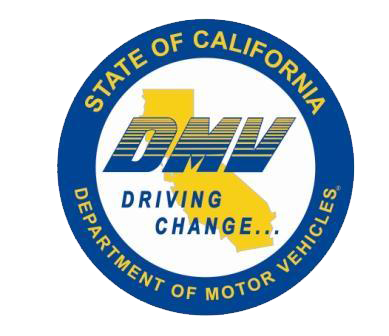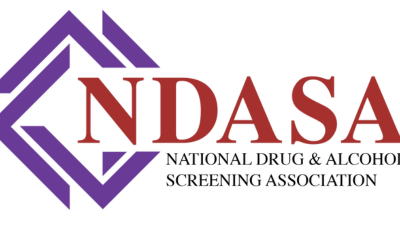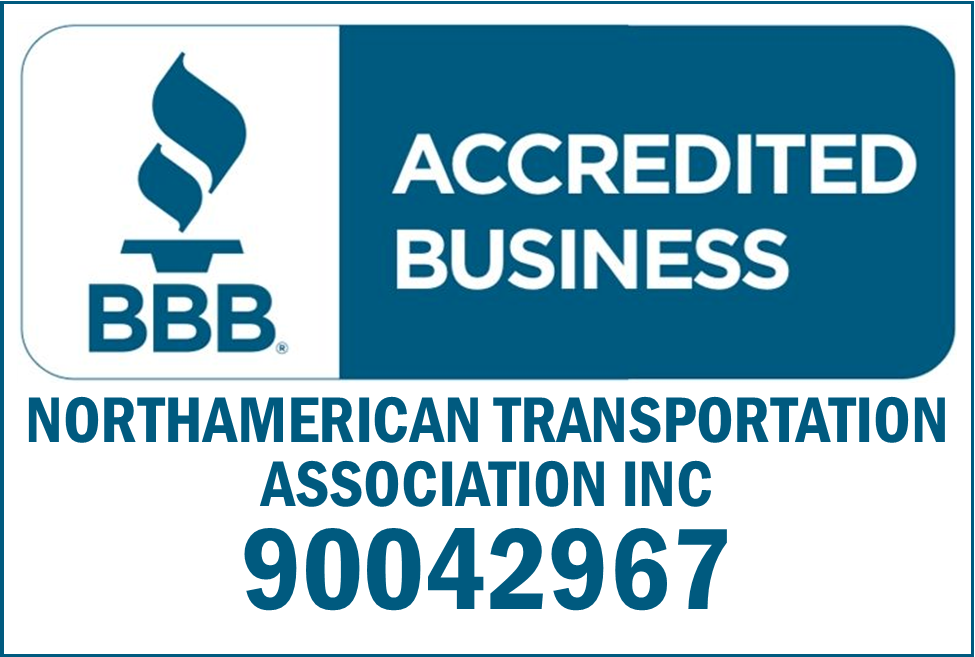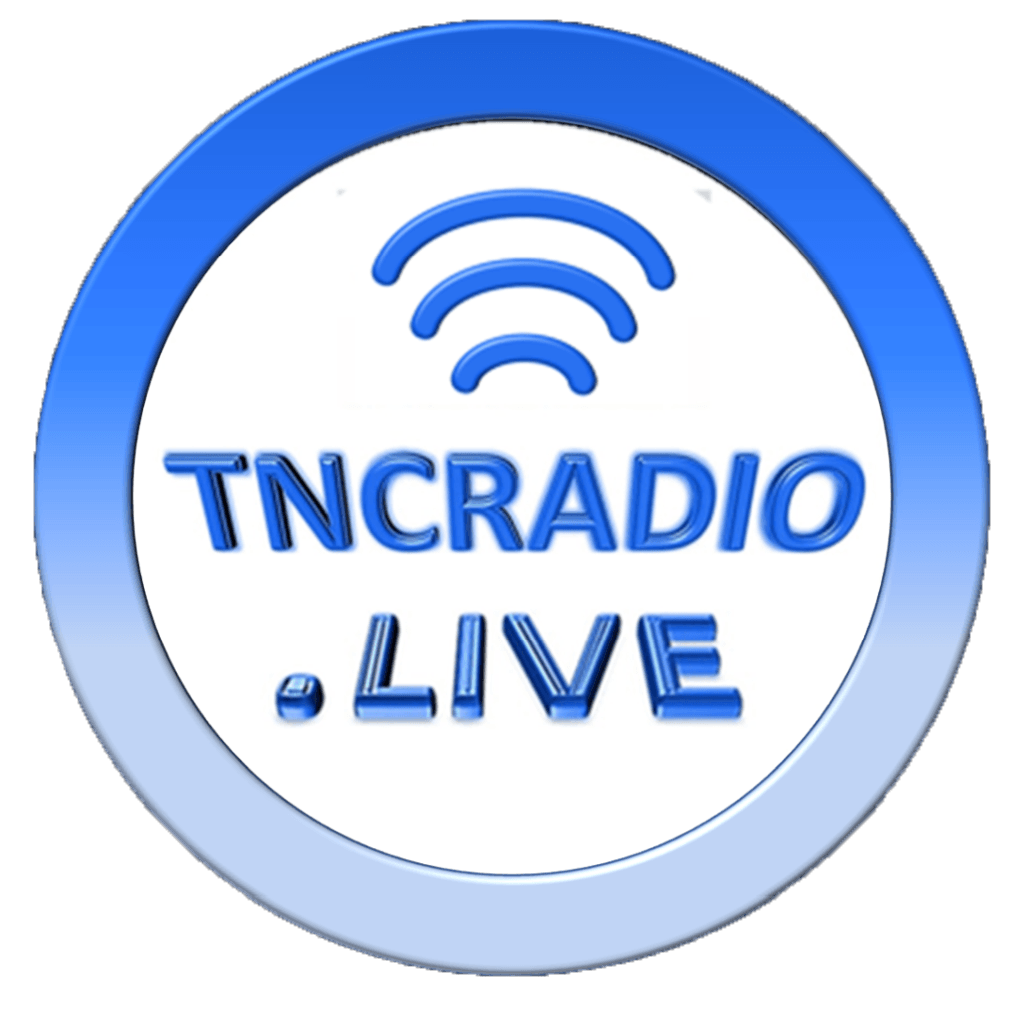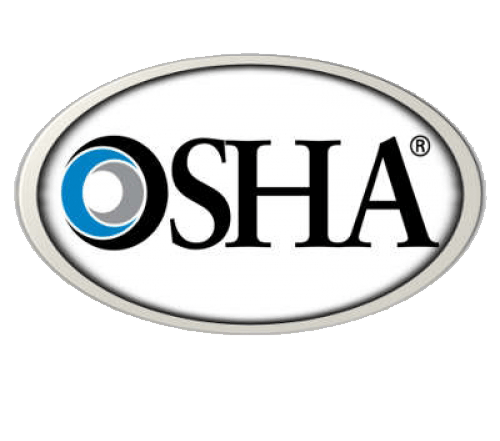U.S. Department of Transportation (DOT) amendment
On Friday, November 10, 2017, the U.S. Department of Transportation (DOT) amended its regulations to add hydrocodone, hydromorphone, oxymorphone, and oxycodone, four commonly-abused opioids; add methylenedioxyamphetamine as an initial test analyte; and remove methylenedioxyethylamphetamine as a confirmatory test analyte. This change harmonizes DOT regulations with the HHS guidelines published earlier this year.
The Final Rule published in the Federal Register on Monday, November 13, and the new testing
standards will go into effect on January 1, 2018.
What does this mean for employees, drivers and independent contractors?
You will also be tested for four semi-synthetic opioids (i.e., hydrocodone, oxycodone, hydromorphone, oxymorphone). Some common names for these semi-synthetic opioids include OxyContin®, Percodan®, Percocet®, Vicodin®, Lortab®, Norco®, Dilaudid®, Exalgo®. In
addition, you will no longer be tested for MDEA.
Many of you have already contacted us with various questions about how this will impact you, your employees, drivers and independent contractors. The most common of these questions have revolved around changes to pricing and readiness.
PRICING
DOT’s analysis initially projected this change will increase the cost of MRO services by 3-5%, and laboratory testing by 10-15%. Not all laboratories have determined what their price increase will be, and some are going to wait until they have several months of data to determine the real
impact of this new panel requirement.
We anticipate having to implement a price increase sometime in 2018 to cover the combined cost increases from our laboratory vendors, and overall impact on our office. You can expect a follow up communication with more information regarding potential price increases in the upcoming
weeks as the laboratories decide on how much and when they will go into effect.
READINESS
The team at NorthAmerican Transportation Association has been in constant communication with all of our laboratory vendors to prepare for the panel change as well as the related changes that will be necessary for result reporting, electronic ordering and customer panel setup.
HIGHLIGHTS
A. MRO Practice Issues
The term ‘prescription’ has been clarified to mean ‘‘a legally valid prescription consistent with the Controlled Substances Act [CSA].’’ MROs have the authority to request a D&L stereoisomer and THC-V testing if doing so is necessary to verify a test result. This will result in a later billing to our members because NTA will not know until we receive the final invoice from the laboratory.
Additionally the timing for the MRO to report a safety risk concern has been modified to allow the employee 5 days to have his/her prescribing physician contact the MRO regarding the use of the prescription prior to the MRO reporting the safety concern.
B. Fatal Flaws and Questionable Specimens
Three additional fatal flaws have been added to the laboratory reporting list: (1) There is no CCF; (2) In cases where a specimen has been collected, there is no specimen submitted to the laboratory with the CCF; and (3) Two separate collections are performed using one CCF.
Additionally, the collection procedure has been clarified in the case where an employee does not provide a sufficient specimen by the end of the three hour wait period.
Content Disclaimer: Due to the constantly changing nature of government regulations, it is impossible to guarantee the total and absolute accuracy of the material contained herein or presented. NorthAmerican Transportation Association (NTA) cannot and does not assume any responsibility for omissions, errors, misprinting or ambiguity contained. NTA shall not be held liable in any degree for any loss, damage or injury caused by any such omission, error, misprinting or ambiguity present. It is made available with the understanding that NTA is not engaged in rendering legal, accounting or other professional service. If legal advice or other expert service is required, the services of such a professional should be sought.



